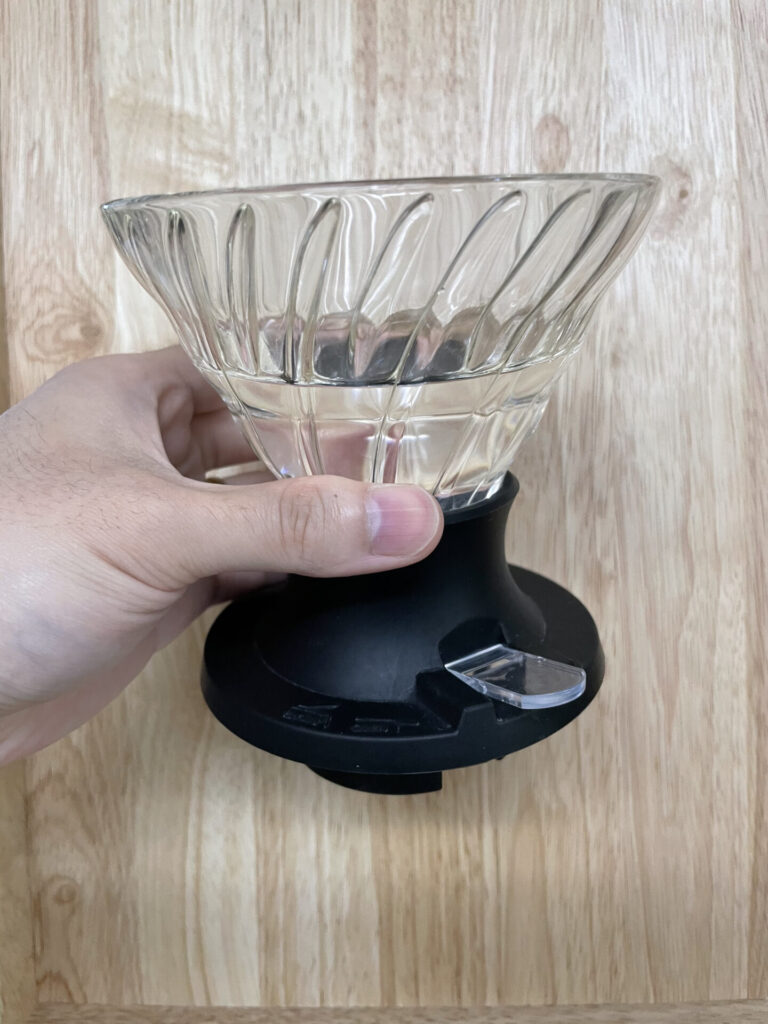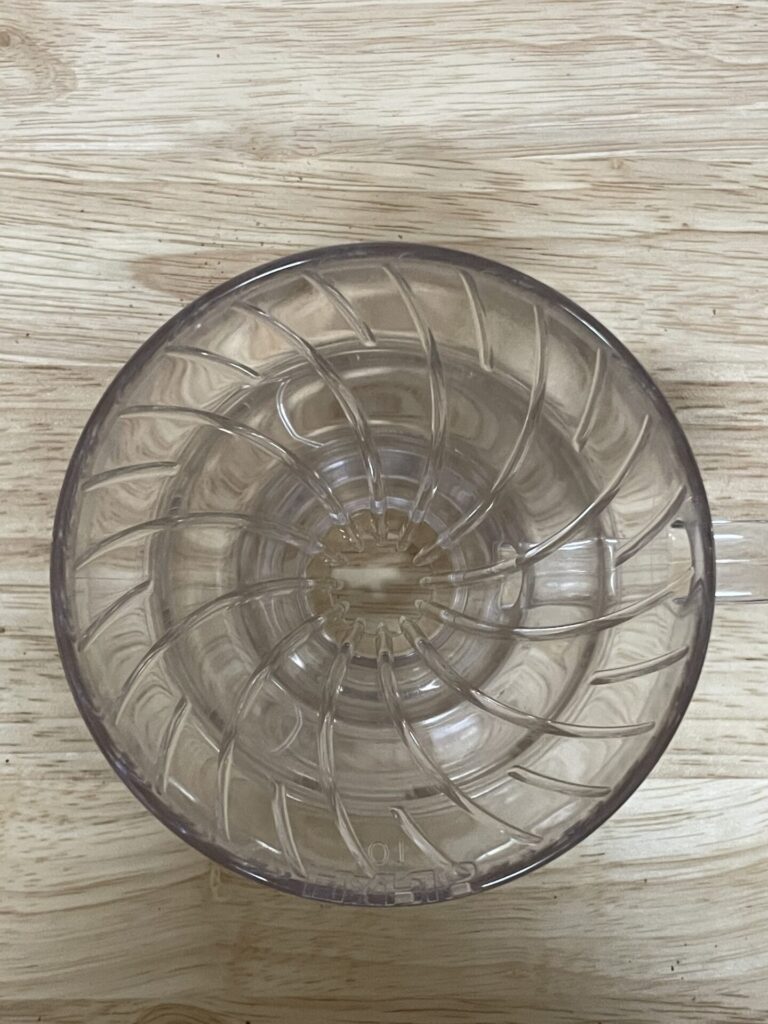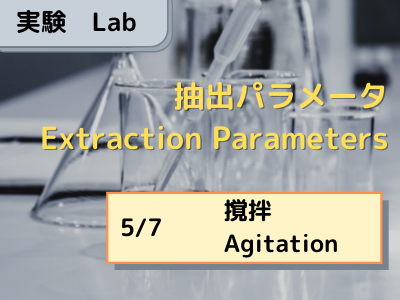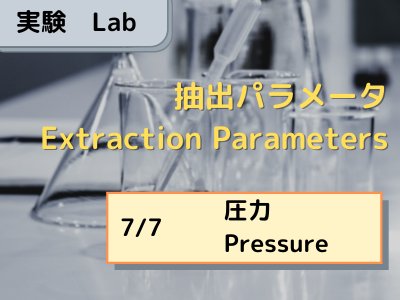Hi everyone!
In this sixth post of the coffee extraction parameter series, we will look in to brew times. Please check this series summary page as well.
Parameter Basics
You can get a higher extraction by spending more time for the extraction.
If your brew time is too quick, you get a low extraction and a very weak coffee. Trying to get sufficient strength with a short brew time requires adjusting parameters such as increasing the ratio. This will also raise the cost of your cup.
Oppositely, having too long of a brew time is not necessarily good as well. You may start to extract more of the unwanted flavors from your coffee. And simply put, no one wants to spend 1 hour brewing a cup of coffee. Well, actually correction, almost no one. There is actually a cafe in Japan which intentionally spends over a whole hour to brew a pour-over coffee. Thats a whole different concept of pour-overs.
How to adjust brew time
The way in which you can adjust the brew time will be different with the type of brewer you use.
For immersion brewers such as french presses and the HARIO Switch the adjustment is straight forward. Just wait for your target time.A reviewanda brew guidefor the Switch is available through the links.

For pour-over drip coffee, other parameters determine the brew time. The first factor is the brewer itself. For example Kalita’s drippers have a few small holes through which the brewed coffee falls. The size of these holes restrict the flow thus extending the brew time. On the other hand HARIO’s V60 dripper has a large hole and provides no restriction on flow at all.


Another way the dripper affects flow is through the ribs. The ribs are the fins around the cone of the dripper which lift the filter paper and prevent it from sticking to the wall of the cone. This allows the coffee to not only flow through the bottom but also through the sides.
The next parameter which affects brew time is the grind size. Coarse grinds have more space between each of the particles. So they let water flow past them more easily, which reduces the brew time. If you want a longer brew time, grind finer.
The other factor affecting brew time is the filter you use. Similar to grind size, the finer the filter the more restriction it is going to have on the flow. So fine filters like paper filters will have a longer brew time compared to metal filters.
For pour-over coffee, I recommend selecting your dripper and filter first. Then adjust the grind size to control your brew time.
Pouring techniques and extraction phases
On the topic of time, extraction phases are also something to consider.
I think the most well known phase is the bloom phase. This is where you pour a little bit of water on your grounds at the beginning of your brew to let the grounds release their CO2 gas. When water first hits the grounds, the heat causes the gas to escape. The water needs to soak in to the ground to extract the coffee. So you can imagine that when a lot of gas is trying to escape the coffee, it will be difficult for the water to soak in. By separating this gas escape phase as the bloom phase, and the extraction phase you can improve your brew.
There are a variety of different methods to control the timing of your pours. There is no right answer. So play around, find what works for you.
Links to other post in the series
The other parameters are discussed in these other posts.




コメント